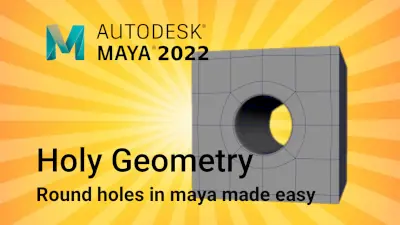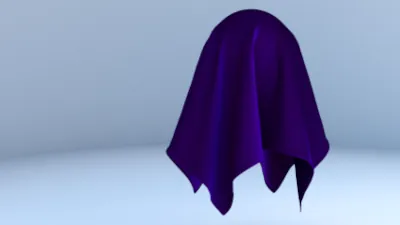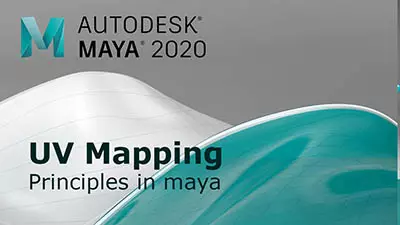Beer glass scene creation
This course contains a little bit of everything with modeling, UVing, texturing and dynamics in Maya, as well as compositing multilayered EXR's in Photoshop.
#
16
13-05-2003
, 10:44 PM
"When you are born, you have a resposiblilty to program you're own mind, if you do not accept this responsiblilty, then the world will do it for you"
Aol Instant messenger: mrcoolbp2
#
17
13-05-2003
, 11:38 PM
I'm working on my "color-correction-combo trick with after effects and photoshop" as we speak, so stay tuned for that, as it will help you grade your footage much more acurately, and faster overall

#
18
14-05-2003
, 12:00 AM

adldesigner
Caracas, Venezuela
Hell .. not gone perse, but with a certainly lower post count per day.

#
19
14-05-2003
, 05:14 AM
Kevin has scolded me in the past for posting free vids....sorry all.
(I'm just too nice sometimes)
In the meantime, untill he returns, here is a PDF from Adobe that goes over the genral process of color-correcting your MAIN background plate in Photoshop.
My video tut will clear up my ramblings below so,
Basicly, one of MY variations to the PDF goes like this:
1. Open Photoshop, and choose a frame from your background plate that has the general OVERALL color qualities/cast that you want to pass along to the other elements of your shot.
(i.e. - your other footage layers/movies)
2. Using the "IMAGE > ADJUSTMENTS > THRESHOLD" command,
drag the slider ALL THE WAY to the right, then, inch it back untill a little bit of WHITE starts to appear.
This is your images' WHITE POINT area.
REMEBER THIS AREA's LOCATION IN YOUR MIND!
DONT click ok yet.
3. Now, drag the slider ALL THE WAY to the left, then, inch it back untill a little bit of BLACK starts to appear.
This is your images' BLACK POINT area.
REMEBER THIS AREA's LOCATION IN YOUR MIND TOO!
**NOTE** There may be a LOT of blotchy areas for both white and black, so just pick an area that is about the size of your mouse pointer

4. Follow the rest of the PDF, and you will have color-corrected your bg plate.
5. Now, double-click on both of your adjustment layers, and WRITE DOWN BOTH columns of numbers for all 3 samples that you did. (if you chose NOT to do a greypoint sample, that's cool)
For a given sample, you should have a colmn like this:
(these numbers are just for this illustration, not actual values
 )
)Sample #1
255/255
255/246
255/248
etc...
The column on the left is your INPUT, and the column on the right is your OUTPUT.
6. Now, in After Effects, you can import your footage, and on any layer, run a LEVELS filter, type the LEVELS set of INPUT and OUTPUT values in the fields for ALL Red, Green, and Blue colors.
Do the same process for a CURVES call if you chose to do a 3rd (greypoint) sample.
Now you can just COPY these "effects" from this layer, and paste them into the other layers of your composite.
Now your footage should be GRADED to more-closely match your BG plate

**NOTE** Sometimes you might WANT to have a certain color cast in your footage, and that is cool too.
It just depends on the shot you want.
Hope this keeps you busy playing aound with color-grading, and I hope to get busy on a full video tut as soon as Kevin returns

#
20
17-05-2003
, 11:47 PM


What did I do? (besides the obvious)
1. Added the big mountain to the right.
2. Added the crater (center left)
3. removed the trees (center left)
4. Added the volcano w/smoke (really obvious)
5. Removed the people and some paths.
Oh, and almost forgot. I knocked over the statue on the left.
The wall that some of you picked as an add in is part of the original photo and the skies were un-altered, as one of you also picked out. So I'd say I did a 50/50 job so far. But Im going to take all of your c&c and that great tutorial (rage) and make it a better image.

Dave Baer
Professor of Digital Arts
Digital Media Arts College
Boca Raton, Florida
dbaer@dmac.edu
#
21
18-05-2003
, 01:52 AM
The job of a good fx compositor / digital matte painter, is to combine all the given elements of a shot into a seamless whole with the goal of making it look as if it was shot together and not a composite at all.
The composotor's job goes without reward, but thats the idea.
If the dp/director/audience doesn't even notice it, you've done your job right

Kinda like a covert operative in a way, hehe..., you get to save the world, but nobody knows that you were even there.
I think you did a great job man, and if you keep bangin away with making great composites/set extensions etc., I think you might have another carreer choice on your jobs menu

#
22
18-05-2003
, 03:13 AM
hmmm...do u go to MIU or IFAC or whatever?!!!
#
23
18-05-2003
, 04:50 AM
just wondering

#
24
18-05-2003
, 05:26 AM

Glad to see another MIU'er here. Are you in the BFA or MFA program?
Dave Baer
Professor of Digital Arts
Digital Media Arts College
Boca Raton, Florida
dbaer@dmac.edu
Posting Rules Forum Rules
Similar Threads
Anyone know good tutorials on Surface Fillets?
by stickdude in forum Maya Basics & Newbie Lounge replies 9 on 14-03-2005
Funniest Digital Media question ever
by Phopojijo in forum Maya Basics & Newbie Lounge replies 14 on 17-02-2005
What is a good Maya 6 book?
by Jade Empire in forum Maya Basics & Newbie Lounge replies 1 on 23-12-2004
Looking for Good Landscape Tutorial
by clebo99 in forum Maya Basics & Newbie Lounge replies 1 on 23-11-2004
If you get good in maya, Where do you work?
by iron_tick in forum Maya Basics & Newbie Lounge replies 47 on 02-11-2002
Topics
New tutorial - Create tileable textures from photos. Photoshop to Alchemist to Maya 2
By David
Site News & Announcements
5
Free Courses
Full Courses
VFX News
How computer animation was used 30 years ago to make a Roger Rabbit short
On 2022-07-18 14:30:13
Sneak peek at Houdini 19.5
On 2022-07-18 14:17:59
VFX Breakdown The Man Who Fell To Earth
On 2022-07-15 13:14:36
Resident Evil - Teaser Trailer
On 2022-05-13 13:52:25
New cloud modeling nodes for Bifrost
On 2022-05-02 20:24:13
MPC Showreel 2022
On 2022-04-13 16:02:13











